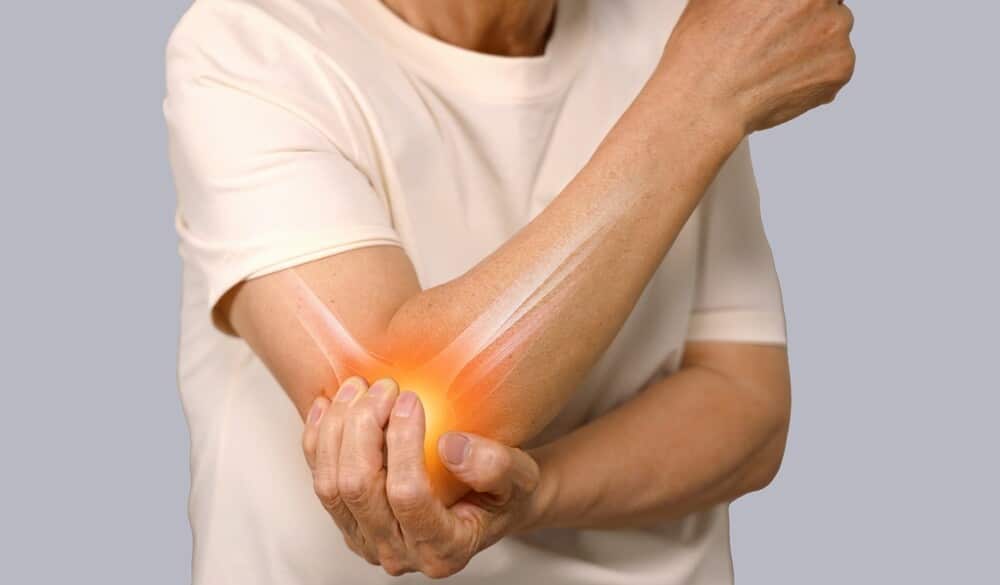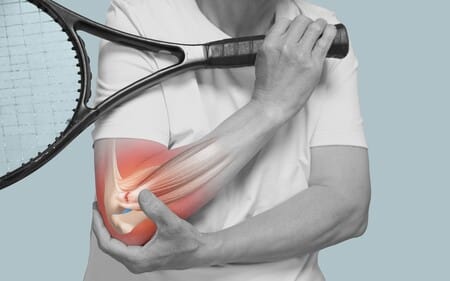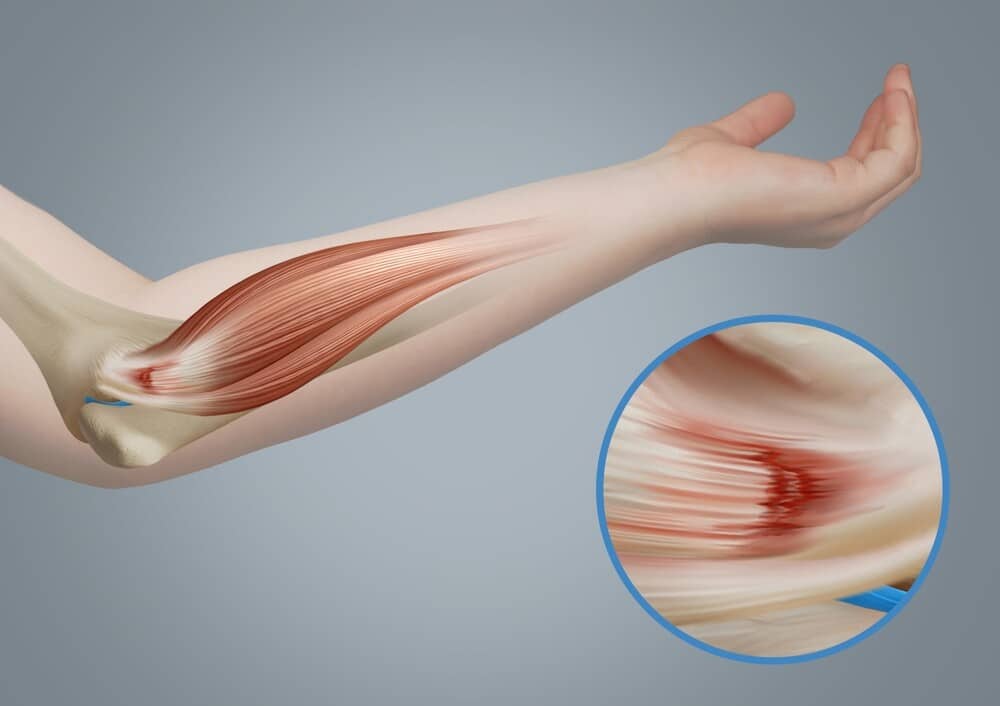Your muscles and tendons do a lot of work and can take a lot of punishment, but they are not indestructible. If you overuse, overstretch, or hyperextend them beyond their breaking point, they will let you know through pain, swelling, tenderness – the telltale signs of a strain injury.
Strains v. Sprains
Strains are not the same as sprains, though people sometimes use the terms interchangeably. Sprains involve ligaments, while strain injuries develop in muscles and the tendons which connect those muscles to your bones.
You can experience a strain injury from doing simple, everyday tasks like lifting or jumping. Unsurprisingly, however, athletes are disproportionately vulnerable to strains given the kinds of movements they make and how much exercise and stress they put on their bodies.
Types of Strains
Anywhere you have muscles and ligaments can be the site of a strain injury. But the most common locations for strains include the back, legs, and elbows.
Strains come in three degrees of severity depending on how much damage has been done to the affected muscles or tendon:
- Grade 1: The mildest type of strain, this involves an overstretched muscles that may or may not have a small tear that causes mild pain and swelling.
- Grade 2: In a moderate Grade 2 strain, some fibers are torn – but not completely – in the overstretched muscle or tendon. A Grade 2 strain can cause moderate pain, swelling occurs, and tenderness and may also result in bruising and limited mobility in the affected area.
- Grade 3: The most severe type of strain, this involves the tearing of most of the affected muscle or a complete tear. The pain, bruising, tenderness, swelling, and difficulty moving are extremely pronounced.
Treating a Strain Injury
How to best treat a strain injury largely depends on its location and severity. Most minor strain injuries can be treated at home without the need to see a doctor. For mild strains, you can reduce swelling and pain and allow the muscles to heal by taking some or all of the following steps:
- Resting the muscles and avoiding activities that could cause further strain
- Applying a compression wrap around the area
- Applying an ice pack or heat pack to the area
- Taking a hot shower or bath
- Over-the-counter pain relievers such as ibuprofen (Advil, Motrin), acetaminophen (Tylenol), or naproxen sodium (Aleve).
If the muscle is completely torn, or if your pain, discomfort, or mobility doesn’t improve or gets worse after your attempts to care for your strain, you should see a doctor. Surgery may be necessary to fully repair the damage in the event of a complete tear.
Have Questions or Concerns About a Strain Injury? Schedule an Appointment at OrthoMiami Today.
As an all-inclusive orthopedic facility, OrthoMiami is truly a one-stop-shop for all orthopedic issues, including strain injuries. Patients can get their essential imaging, required surgery, and critical follow-up care, including physical therapy, all in one convenient office. The OrthoMiami team always welcomes new patients and can generally schedule new patient appointments within a couple of days.
Please contact us today at (305) 596-2828 to schedule your appointment. We look forward to meeting you.


